The construction phase is exciting, but it’s also one of the riskiest times during your project. Minimizing the risk of a severe injury during this phase is key to retaining your profit, and potentially, protecting your entire business. Whether you are a do-it-yourself-er, or you hire out the rehab process to an experienced general contractor, you need to be able to recognize common hazards at the worksite so you can ensure a safe operation and keep production rolling.
Common Types of Construction Injuries
The U.S. Board of Labor Statistics reported construction as the #1 industry for fatal work injuries in their most recent report (2016). That year, there were 991 fatalities. Nearly 200,000 non-fatal injuries also occur in the construction industry each year.
OSHA, the Occupational Safety and Health Administration, states “employers are responsible for providing a safe and healthful workplace.” It can be a little confusing as to who needs to comply with OSHA regulations, so if you are unsure about your status under the OSH Act, it is best to consult an attorney. Regardless of whether you are required to report any injuries that occur at your rehab, their advice is wise to follow, and their resources are helpful. OSHA has named their “Fatal Four” (most common types of fatal construction injuries):
- Falls: 384 out of 991 total deaths in construction in 2016 (38.7%)
- Struck by Object: 93 (9.4%)
- Electrocutions: 82 (8.3%)
- Caught In Between: 72 (7.3%) (*workers caught in between or compressed by equipment or structures)
Statistics: osha.gov
Construction involves physical work and many types of tools and equipment, so the potential for non-fatal injuries is high. To name a few, non-fatal injuries on the jobsite are often caused by hand and power tools, heavy equipment, pollution, noise, flammable liquids, slips/trips/falls, lifting heavy objects, repetitive motion, materials laying around the jobsite and falling objects. Do you see any injury hazards around your jobsite? How will you remedy them?
Housekeeping on the Jobsite
Keeping a busy jobsite tidy can be a challenge, but a clean, safe jobsite can increase efficiency, maximizing your potential profit. The simplest and most crucial task to injury prevention on the jobsite is keeping the worksite clean and free of hazards. Aside from injuries and damage to equipment and the structure of the house, a messy jobsite can also negatively affect production. Here are eight basic jobsite safety tips to share with your crew:
- Be aware of your surroundings.
- Keep a clean workspace.
- Be intentional about taking breaks to prevent fatigue and quit when you’re tired.
- Ask for help in carrying heavy objects or use tools that will help you carry awkward objects safely, such as furniture dollies.
- Properly dispose of hazardous materials (e.g., rags with paint thinner).
- Ventilate areas properly when working with flammable materials.
- Don’t remove safety features on power tools (i.e. trigger guards on nail guns, blade guards on saws).
- Dress for safety by dressing appropriately for the weather and removing jewelry or anything that could get caught in equipment.
Also, adding Personal Protective Equipment (PPE) to appropriate work attire keeps workers safe on the job. PPE includes, but is not limited to, safety glasses, face shields, work shoes/boots with slip and puncture-resistant soles and safety toes, well-fitting gloves, hard hats, earplugs and earmuffs, knee pads, back or knee braces, tool belts with suspenders, and headlamps.
Summer Weather Considerations
Heat exhaustion is not usually life-threatening, but it can lead to dizziness, headaches, and fatigue that may make a worker more susceptible to other injuries. Heat stroke can cause unconsciousness, and strains the heart and blood vessels, increasing the risk for heart failure or stroke. Make sure workers are dressed appropriately and have plenty of drinking water available. On excessively hot days, you may want to cut the work day short or focus on indoor work from 10 a.m. – 3 p.m. when the heat is most intense.
Licensing and Insurance
Many investors worry that hiring someone who is licensed and insured will drive up their rehab cost and eliminate any profit. While using licensed and insured professionals may cost a bit more, hiring someone who is inexperienced or isn’t adequately insured could end up hurting your livelihood far worse. Simply put, if you can’t afford to do a project safely, it is probably not the right deal.
Final Clean-Up
Whether you’re the one swinging the hammer or the one calling your general contractor for progress reports on your rehab, educating yourself about the entire construction process can help you reduce unnecessary and costly injuries. This knowledge may impact the type of deals you buy too; carefully consider how much work will need to be done and if you can afford to do it safely. Rushing the rehab process at the cost of safety or selecting a contractor without the proper experience and insurance protection can rack up a list of liabilities you don’t want to pay for.







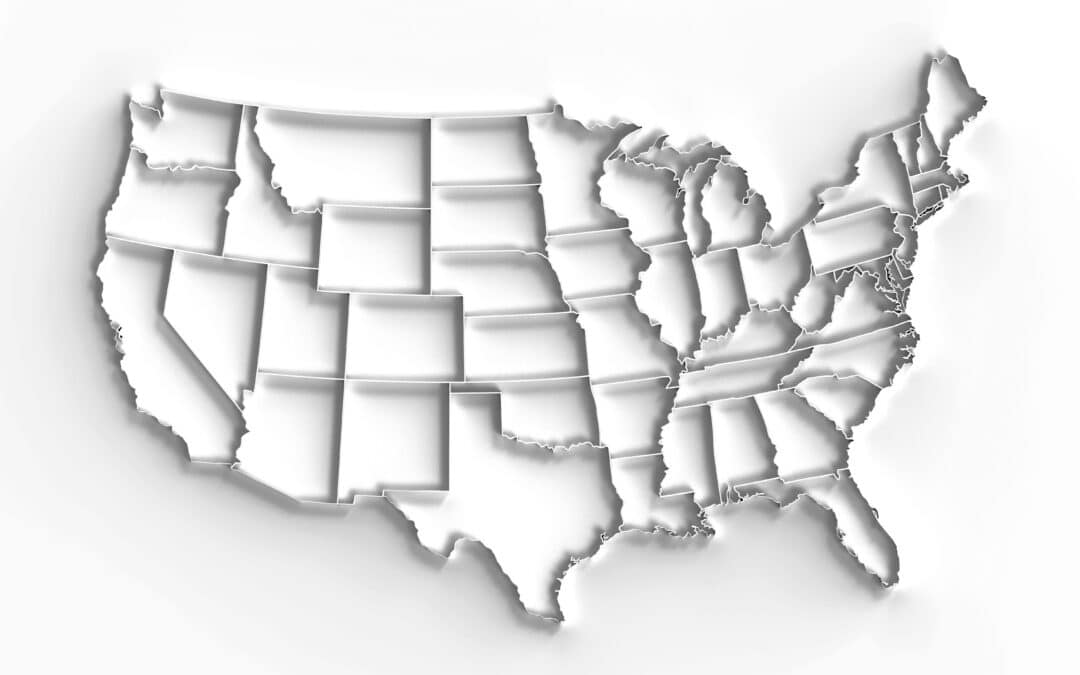


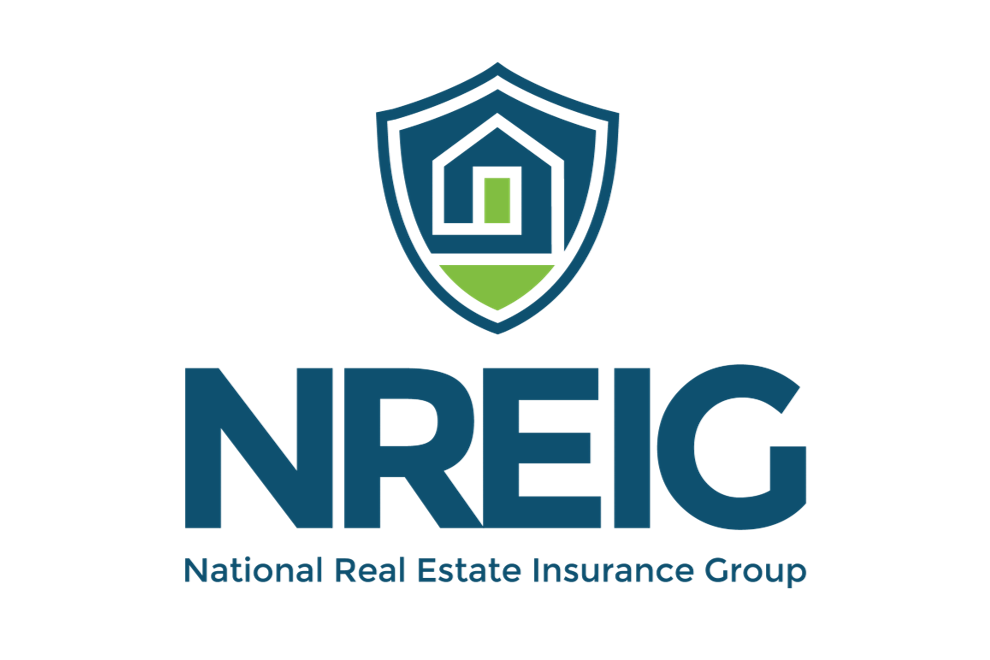
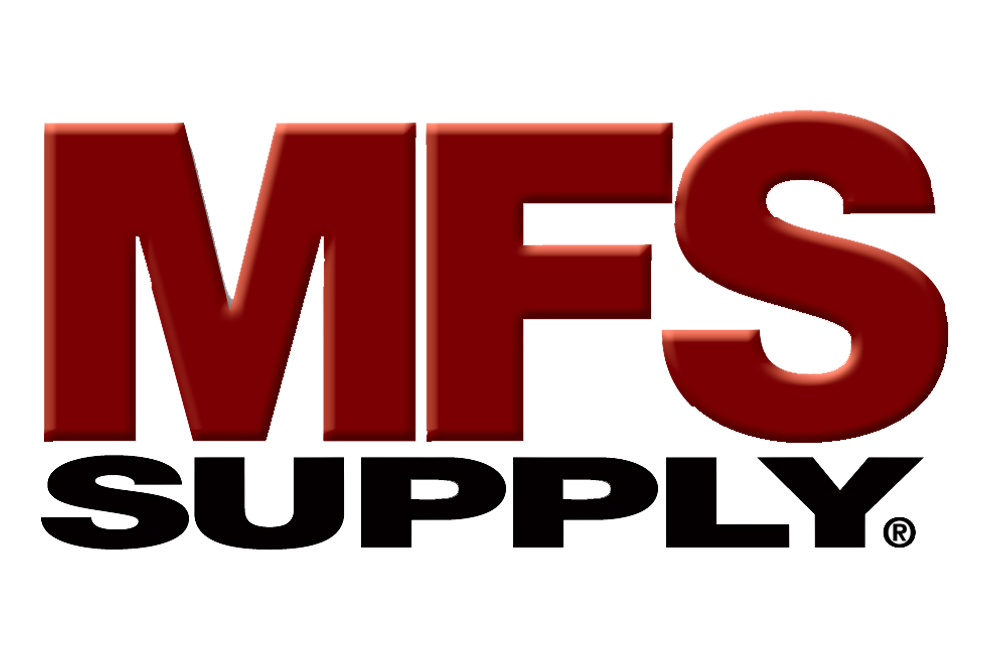

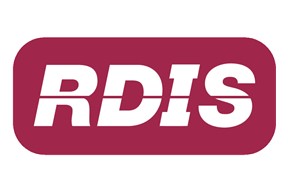
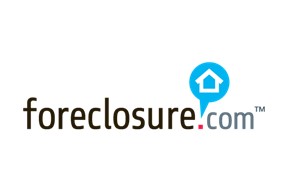
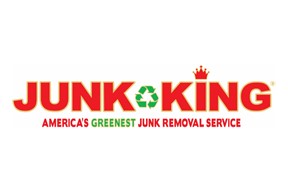

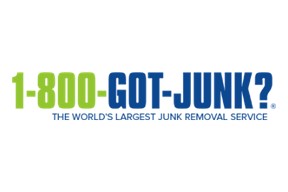

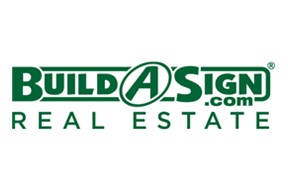

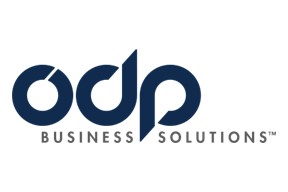
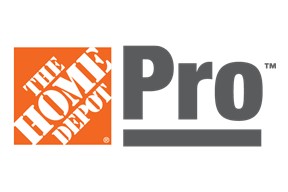

0 Comments